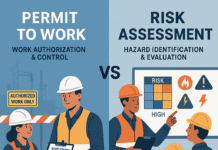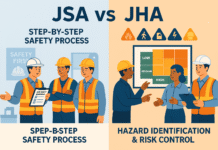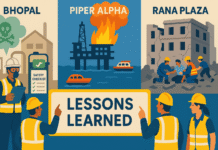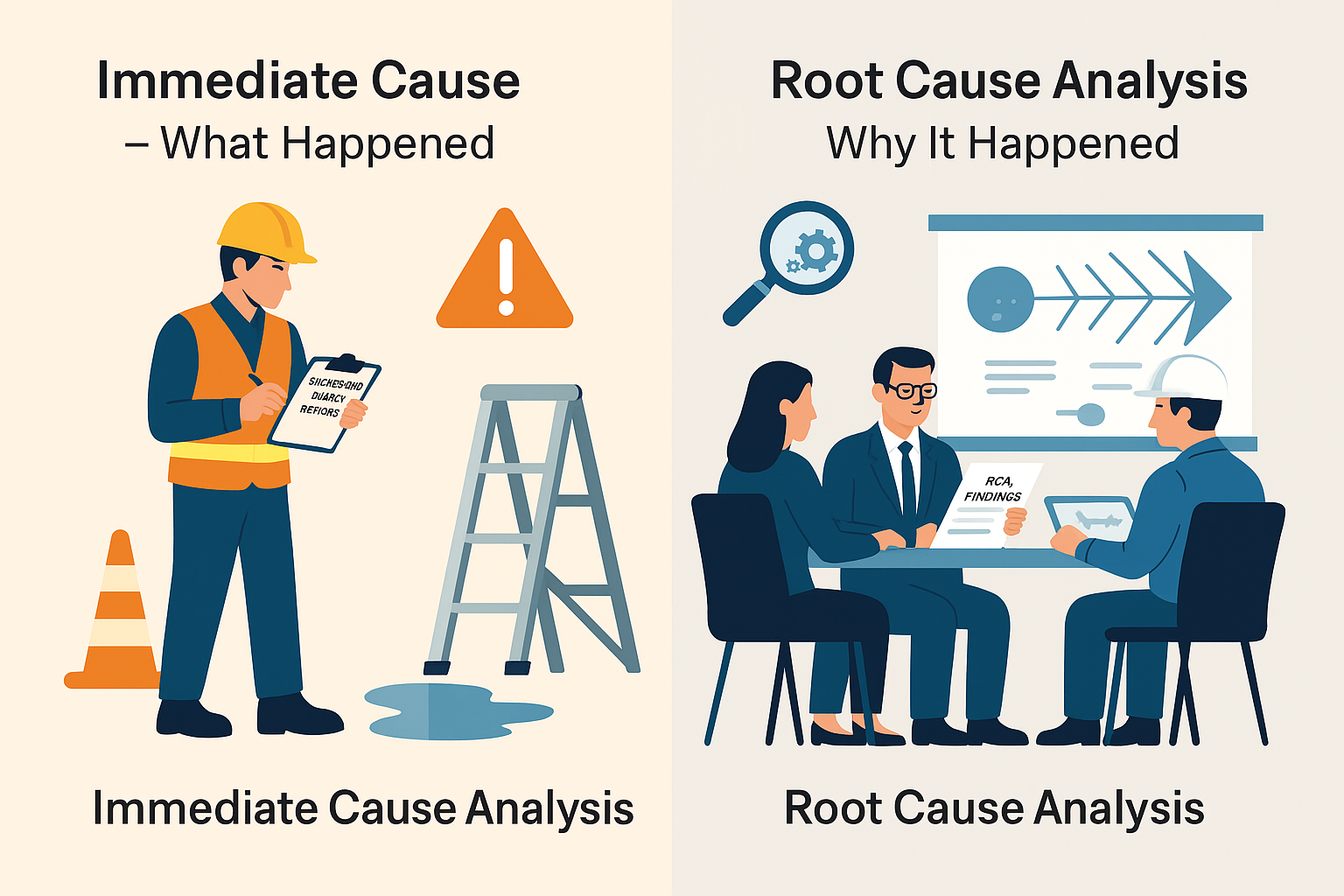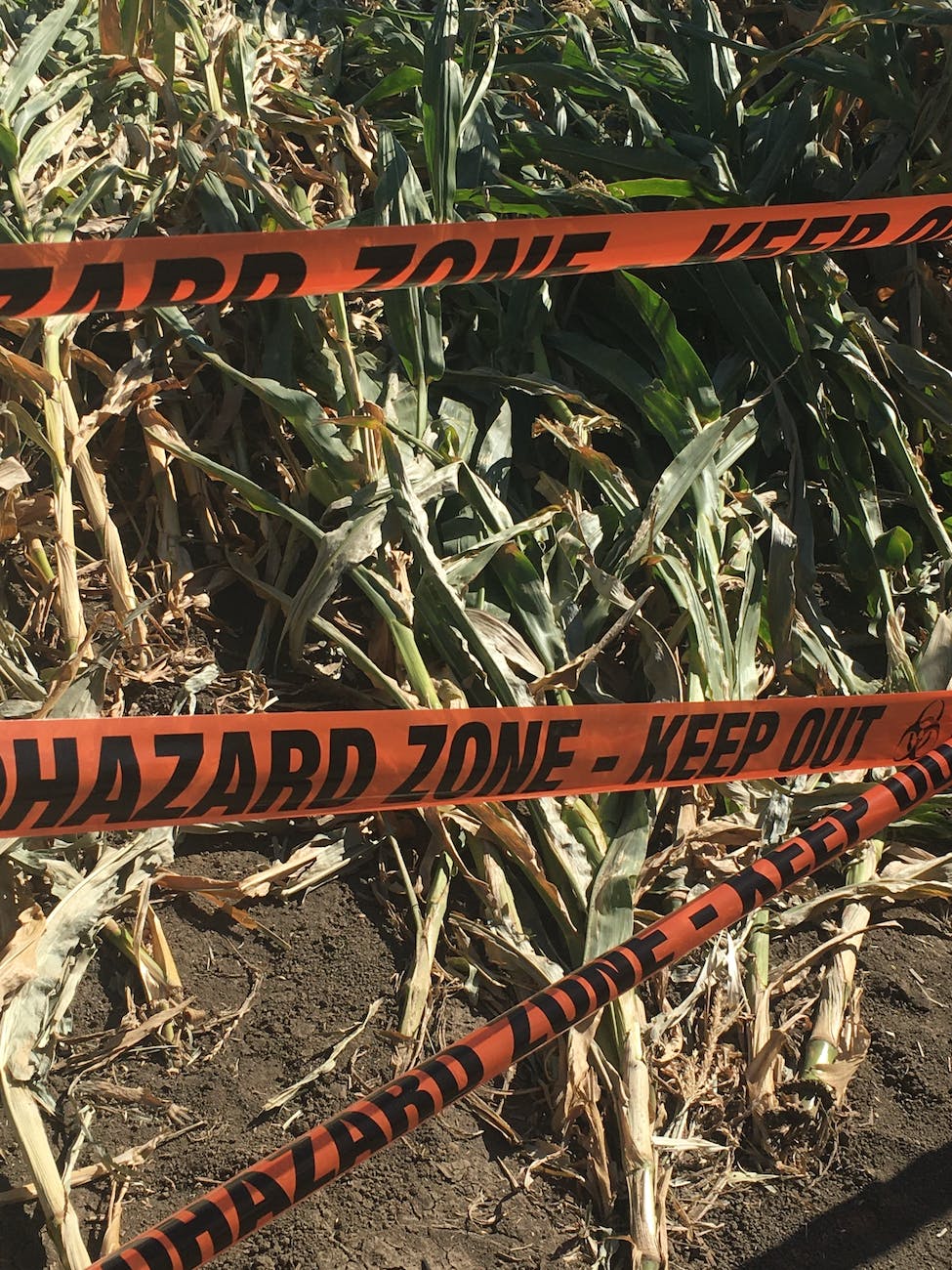
What Did You Mean by Hazard?
Introduction
Understanding hazards is fundamental in navigating the complexities of our environment. Hazards, in essence, refer to potential sources of harm or adverse effects that exist in various forms and environments. Exploring the depth of hazards unveils not just risks but also the means to mitigate and prevent them.
A hazard refers to any situation, condition, or thing that has the potential to cause harm, injury, damage, or any adverse effects to people, property, or the environment. Hazards can exist in various forms, such as physical, chemical, biological, environmental, or even psychological factors that pose a risk or danger. Identifying and managing hazards is important to prevent accidents and ensure safety in different contexts, whether it's in the workplace, at home, or in public spaces.Types of Hazards
Physical Hazards
Physical hazards encompass dangers that can cause harm through physical contact or energy sources, including noise, radiation, and mechanical hazards like sharp objects.
Chemical Hazards
Chemical hazards involve exposure to substances that can cause acute or chronic health issues, such as toxic chemicals, gases, or flammable materials.
Biological Hazards
Biological hazards pertain to organisms or substances derived from living organisms, like viruses, bacteria, and fungi, capable of causing harm to human health.
Ergonomic Hazards
Ergonomic hazards relate to improper workstation setup, repetitive movements, or uncomfortable positions that can lead to musculoskeletal disorders.
Psychosocial Hazards
Psychosocial hazards involve factors within the social or organizational environment that impact mental health, such as stress, bullying, or job dissatisfaction.
Understanding Hazardous Situations
Identifying hazards involves a meticulous process of recognizing potential dangers within specific contexts. Risk assessment and management form the cornerstone of addressing these situations effectively.
Common Examples of Hazards
Hazards are omnipresent, appearing in various settings like workplaces, households, and the environment, posing threats to health, safety, and well-being.
Impact of Hazards
The consequences of hazards extend beyond immediate health impacts, influencing economies, ecosystems, and societal well-being.
Preventing and Mitigating Hazards
Implementing safety protocols, conducting training programs, and fostering awareness are crucial in preventing and mitigating hazards.
The Role of Regulations and Compliance
Governmental standards and industry-specific regulations play a pivotal role in creating safer environments and ensuring compliance with safety measures.
Educating for Hazard Awareness
Educating individuals about hazards builds a safety-conscious culture, empowering people to identify and address potential risks proactively.
Conclusion
Understanding hazards is not merely about recognizing risks but about empowering individuals and societies to navigate environments safely, mitigating risks, and fostering a culture of proactive safety measures.
FAQs
- What defines a hazard? A hazard is any potential source of harm or adverse effect that may cause injury, illness, or damage.
- How can one identify workplace hazards? Workplace hazards can be identified through risk assessments, inspections, and employee feedback.
- Why is hazard awareness crucial? Awareness of hazards allows for proactive measures to prevent accidents and ensure safety.
- What role does technology play in hazard management? Technology aids in hazard detection, offering innovative solutions for better safety measures.
- Are all hazards preventable? While preventive measures exist, not all hazards are entirely preventable due to their diverse nature and environments.


